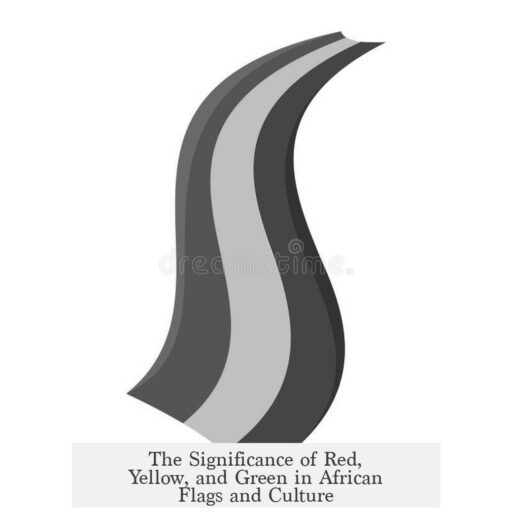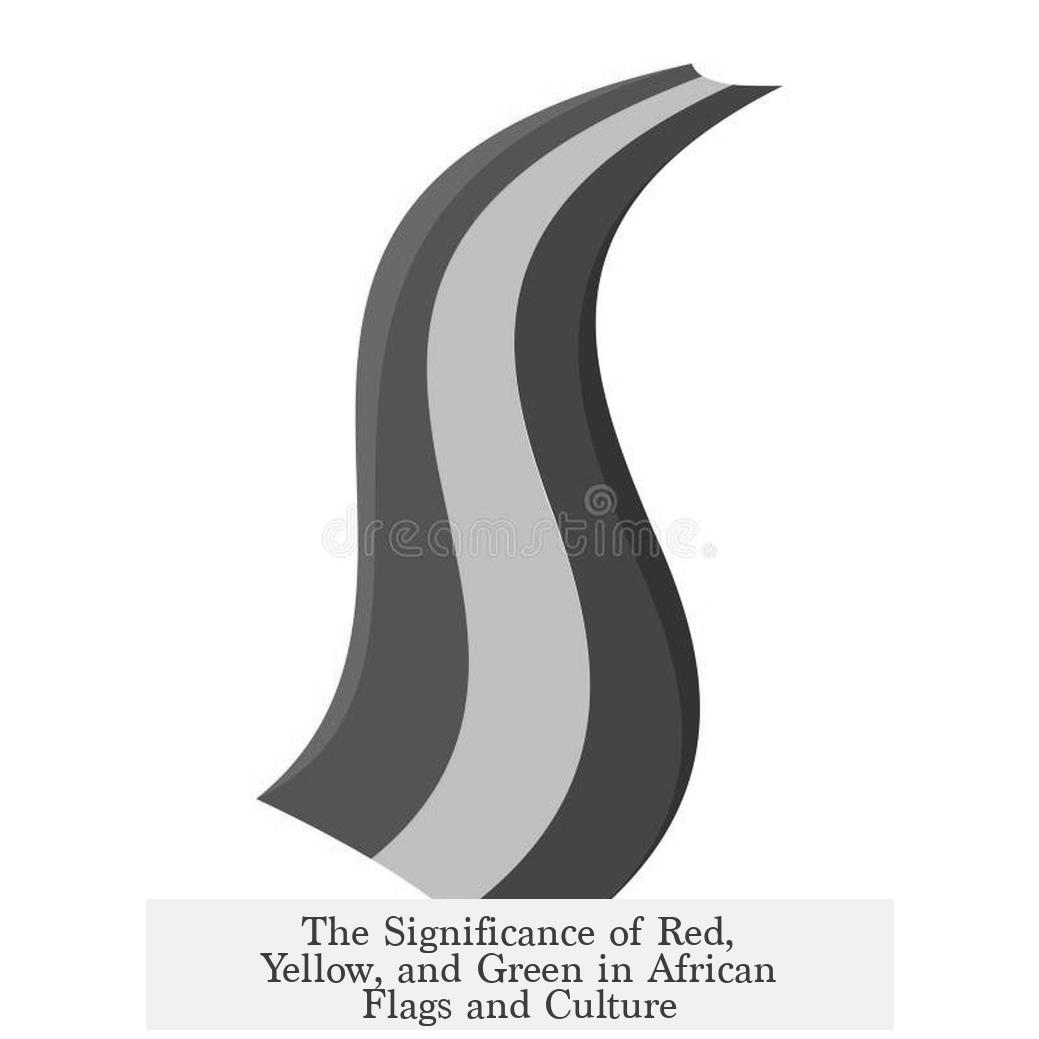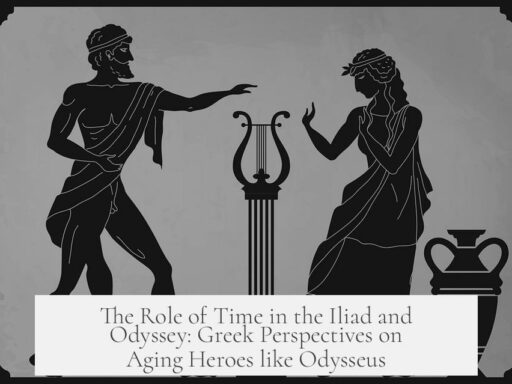The traditional colours of Africa and many African countries’ flags—red, yellow, and green—originate from Ethiopia’s historic flag, symbolizing African independence and unity. These colours, known as the Pan-African colours, first appeared officially on the Ethiopian flag around 1897, shortly after Ethiopia’s victory in the First Italo-Ethiopian War. Ethiopia’s success in resisting European colonization made its flag a strong symbol of sovereignty amidst a continent largely under colonial rule.
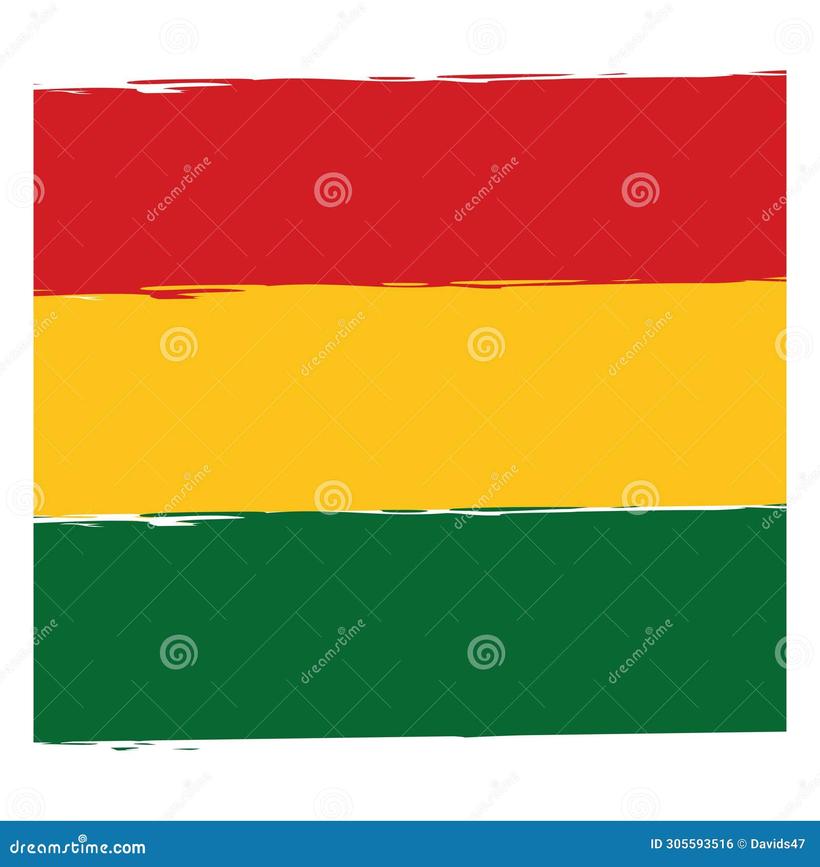
The Ethiopian flag’s red, yellow, and green hues became emblematic as other African nations sought independence during the 20th century. Many newly independent African states deliberately adopted these colours for their own flags to signify their solidarity with Ethiopia’s example of self-determination and resistance. This adoption connected their national identity to a larger Pan-African movement advocating for decolonization and unity among African peoples.
Besides the red, yellow, and green combination, there is another set of Pan-African colours: red, black, and green. This palette was introduced by the Universal Negro Improvement Association (UNIA) under Marcus Garvey in 1920. While red, black, and green officially represent the Pan-African movement, marking Black pride and unity, red, yellow, and green specifically reflect Ethiopia’s legacy. Some accounts suggest that Garvey mistakenly believed these were the colours of the Ethiopian flag, which underlines the intertwined symbolism of both sets of colours.
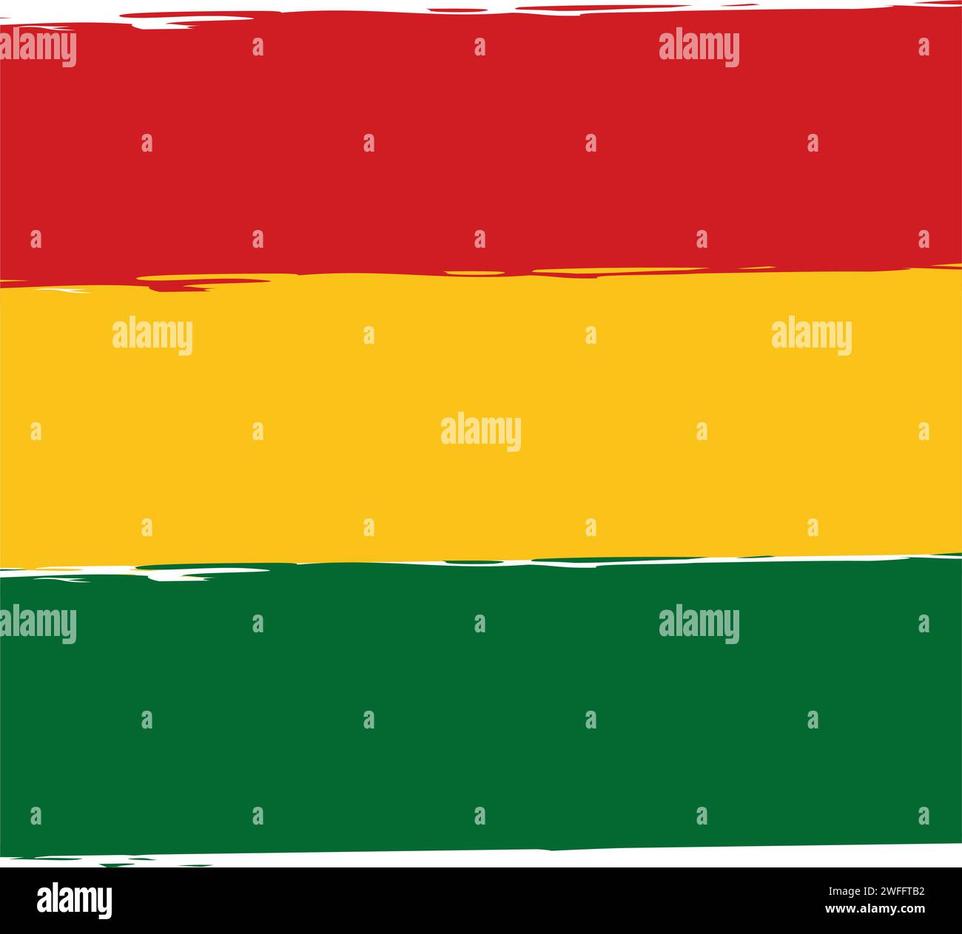
The Rastafari movement incorporates the Ethiopian red, yellow, and green largely due to their veneration of Haile Selassie I, Ethiopia’s emperor from 1930 to 1974. Haile Selassie is viewed as a spiritual figure in Rastafari belief. The Ethiopian flag, often including the Lion of Judah symbol associated with the monarchy, is central to Rastafari identity. Occasionally, black is added to these colours in Rastafari flags, reflecting Garvey’s influence and strengthening ties to the broader Pan-African ideology.
| Aspect | Details |
|---|---|
| Origin | Ethiopian flag, adopted 1897, post-Italo-Ethiopian War |
| Symbolism | African independence, unity, resistance to colonization |
| Other Pan-African Set | Red, black, and green (UNIA, 1920, Marcus Garvey) |
| Rastafari Use | Connection to Haile Selassie, Ethiopian monarchy symbols |
- The red, yellow, and green colours derive from Ethiopia, a symbol of African sovereignty.
- Many African countries adopted these colours post-independence to reflect unity.
- Two Pan-African colour schemes exist: red-yellow-green and red-black-green.
- Rastafari use red, yellow, and green out of reverence for Haile Selassie and Ethiopian heritage.
Why Are the Traditional Colours of Africa and African Countries—Red, Yellow, and Green—So Important?
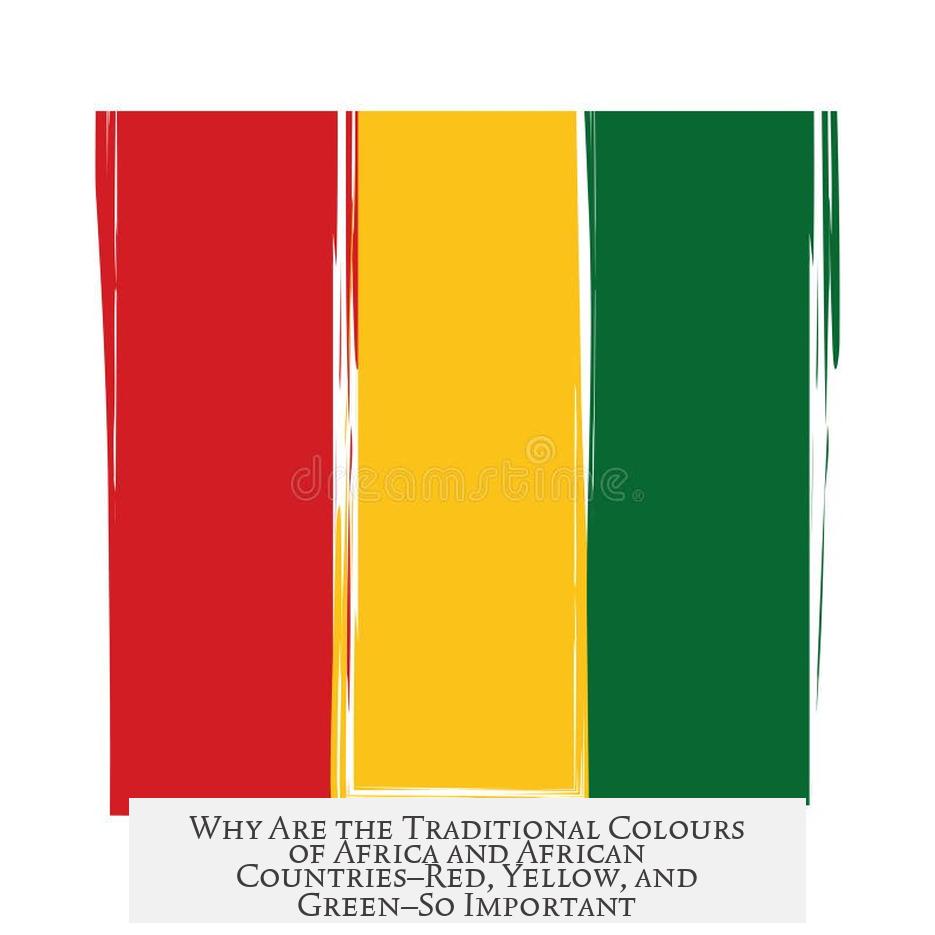
If you ever wondered why so many African nations and even the Rastafarian movement proudly showcase the red, yellow, and green colours, the answer is a fascinating blend of history, symbolism, and unity. These shades aren’t just random; they carry stories of resistance, pride, and freedom. Let’s dive in.
First, imagine a flag waving confidently among the winds of history. That flag belongs to Ethiopia, and it’s the real pioneer behind these iconic colours.

The Ethiopian Flag: Birthplace of Red, Yellow, and Green
The red, yellow, and green colour scheme traces back to Ethiopia’s flag, which officially appeared in 1897. Why Ethiopia, you ask? Because Ethiopia stands out as one of only two African countries—along with Liberia—that escaped European colonial rule during the great scramble for Africa.

Ethiopia’s victory in the First Italo-Ethiopian War (1895-1896) wasn’t just a military success but a symbol of African resilience. After defeating Italy, Ethiopia maintained its sovereignty, forcing European powers to respect its independence.
This flag’s colours quickly became more than just a national symbol. They turned into a beacon of African pride and the idea of self-rule. Red, yellow, and green—once just Ethiopia’s—started to symbolize hope and resistance for the entire continent.

Why These Colours? The Meaning Behind Red, Yellow, and Green
- Red: Represents the blood of those who fought for freedom and the sacrifice made to protect the land.
- Yellow: Stands for peace and hope, along with Africa’s rich natural wealth, such as gold.
- Green: Symbolizes the fertility of the land, the lush nature, and the promise of growth.
These meanings resonate deeply with many African nations during their fight for independence in the 20th century.
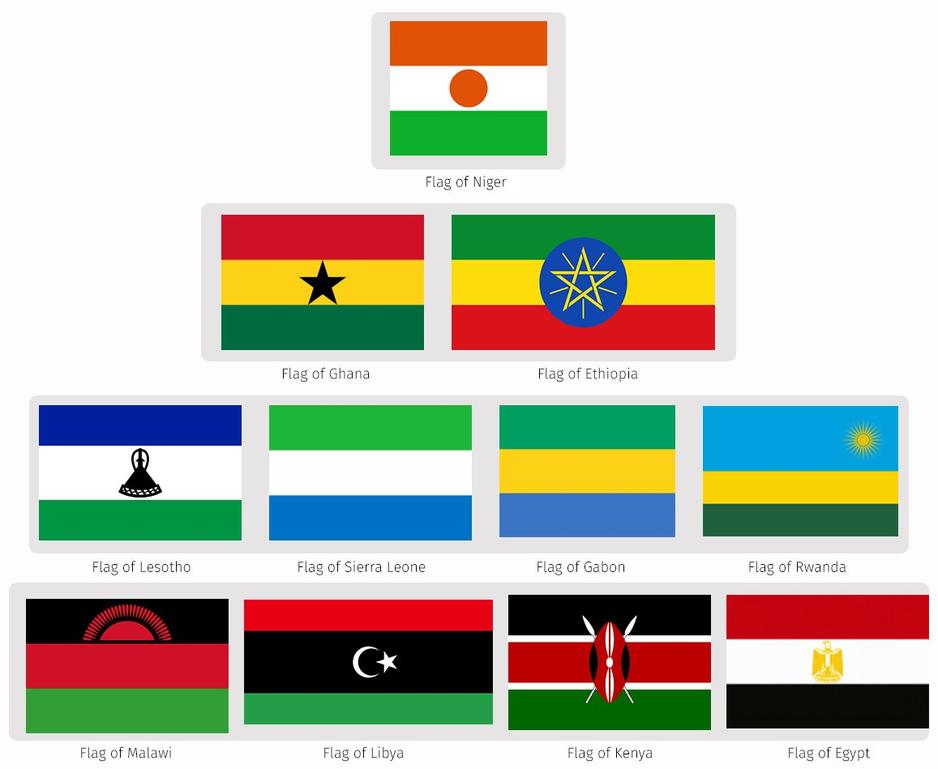
Pan-African Colours: Adoption and Adaptation
When independence waves rolled through Africa after World War II, newly free nations looked for symbols that united their people. What better inspiration than Ethiopia’s colours, already famous as emblems of African sovereignty?
Countries like Ghana, Senegal, and Guinea integrated red, yellow, and green in their flags, consciously linking their struggles to Ethiopia’s enduring legacy. It was a statement: “We stand for freedom, just like Ethiopia.”
But hold on—there’s a companion set of Pan-African colours: red, black, and green.
Red, Black, and Green: The Other Pan-African Flag
Designed in 1920 by Marcus Garvey’s Universal Negro Improvement Association (UNIA), these colours were meant explicitly as Pan-African colours representing black pride and unity.
“Red for the blood that unites us. Black for the people. Green for the land of Africa.”
Interestingly, Garvey might have mistakenly thought these were Ethiopia’s colours, but his movement’s flag gained a life of its own alongside the Ethiopian palette.
Today, both sets—red, yellow, green and red, black, green—are widely used across Africa and beyond, including the Caribbean and Oceania, carried on flags, clothing, and cultural symbols.
Rastafari Movement: Ethiopia’s Colours as Spiritual Symbolism
The Rastafari movement, which emerged in Jamaica in the 1930s, adopted these colours for very specific spiritual reasons. Their worship centers on Haile Selassie I, Emperor of Ethiopia from 1930 to 1974, whom they see as a messiah figure.
The red, yellow, and green flag with the Lion of Judah (a symbol associated with Haile Selassie and Ethiopian monarchy) became a sacred emblem for Rastafarians.
Sometimes, the colour black is also included in Rastafarian symbolism, reflecting the influence of Marcus Garvey and Pan-Africanism on their ideology. This fusion highlights Afrocentric pride, struggle, and faith.
So, Why Do These Colours Still Matter Today?
They’re not just pretty colours on a flag. They represent stories of triumph, unity, and spiritual identity. The colours connect different generations, countries, and movements.
Does red, yellow, and green resonate beyond Africa? Absolutely. You see these colours in reggae concerts, African Diaspora communities, and even political movements spanning continents. They’re a powerful reminder of an ongoing journey toward dignity and unity.
Want to Use These Colours on Your Own Project?
- Understand their deep roots. Knowing the history enriches your design’s meaning.
- Respect their symbolism. These colours tell stories of culture, oppression, and liberation.
- Consider using them in ways that celebrate African heritage and promote awareness.
For instance, if you’re designing a logo, poster, or product inspired by African culture, weaving in red, yellow, and green can evoke strength and connection—just make sure you honor their rich background.
Final Thoughts: More Than Just Colours
The traditional African colours—red, yellow, and green—are loud statements from history. Ethiopia set the stage, weaving a narrative of independence that millions embraced. These shades transcend geography, faith, and time.
Do you now see why these colours feel almost like a continent’s heartbeat? They throb with stories of land, blood, hope, and spirit. So next time you see them on a flag or a Rasta cap, remember you’re looking at symbols of profound human courage.
